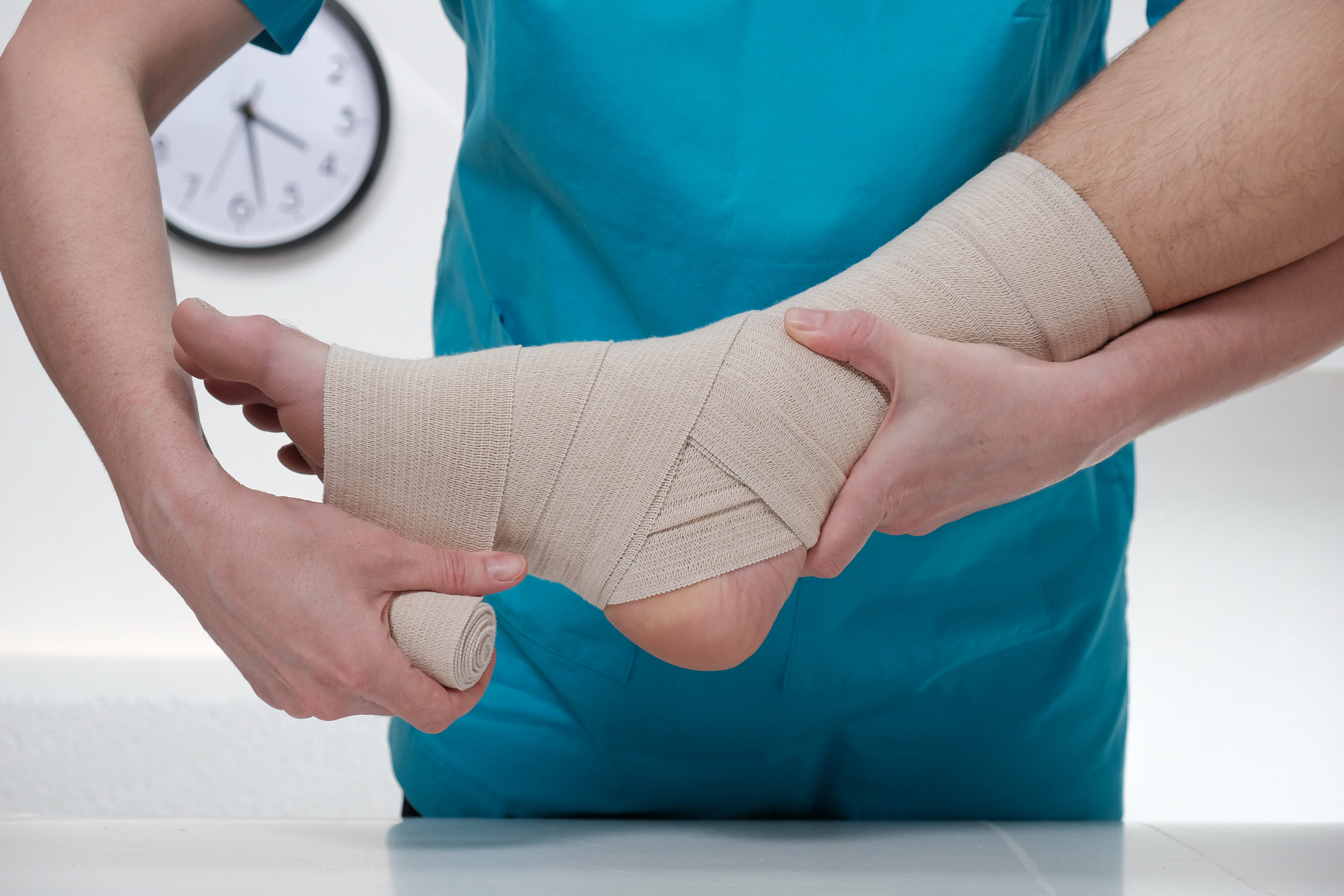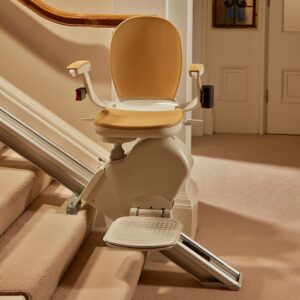
The most frequent sports- and work-related injuries are sprains and strains involving your tendons, ligaments, joints, and muscles.
Sprains and strains frequently go unnoticed; you might think the discomfort you’re feeling is minor until aggravating it later. For this reason, learning everything you can about sprains and strains is vital, especially if you lead an active lifestyle.
Strains vs. sprains?
Ligament stretching or ripping results in a sprain. A ligament is a tissue that holds the bones in a joint together. The injury may result from a fall, an awkward landing after a leap, an abrupt turn, or trauma from being struck. The ankle is the joint that experiences sprain the most, but it may also affect your thumb, knee, and elbow.
Strains are similar, except they either impact tendons or muscles. Tendons are similar to ligaments but join muscles to bones instead of the other way around. Like sprains, strains can also result from overuse or extended, repetitive movements.
A strain may also be caused by excessive tension and bad lifting techniques, and the problem might appear suddenly or gradually. The most often injured locations are the hamstring, back, shoulder, and neck.
Symptoms of sprains and strains
Pain, bruising, and swelling are the typical symptoms of a sprain. Your injuries and the cause will determine how severe these symptoms are. Depending on the injury, you may have trouble moving the injured joint, and experiencing a sprain may induce a pop or tear.
Additionally, you might be unable to apply pressure or weight on the part. In orthopedics, strains are classified per their symptoms and severity:
- Grade 1 (mild sprain) refers to a modest overstretching or ripping off a ligament, accompanied by minimal discomfort and swelling.
- Grade 2 (moderate sprain): Partial rupture of a ligament; some functional loss; pain; and bruising.
- Grade 3 (severe sprain): complete ripping or rupturing of a ligament; accompanied by pain, edema, and bruising.
Similar signs and symptoms of sprains include pain and swelling. Muscle cramps, weakness, and spasms could also occur.
How to treat sprains and strains
A sprain or strain needs the correct treatment without delay. Leaving either of these injuries untreated might worsen them, particularly if you put stress on the hurt area by exercising. The R.I.C.E. technique is an excellent initial course of treatment:
- Rest: avoid applying pressure to or using the injured site.
- Ice: To reduce discomfort and swelling, use ice or a cold compress on the area for 15-20 minutes every two to three hours.
- Compress: to reduce swelling, compress the wound and wrap it in an athletic wrap or medical bandage.
- Elevate the damaged area above your heart to restrict blood flow and lessen swelling.
After administering or receiving first aid, non-steroidal anti-inflammatory medications (NSAIDs) can reduce inflammation and relieve discomfort. But before taking any drug, it’s wise to speak with your doctor. To immobilize the area and promote healing, your doctor could also advise wearing a brace or splint. Physical therapy is also necessary to boost recovery.



